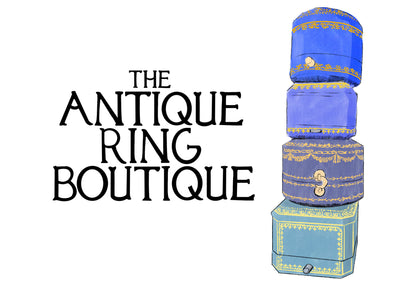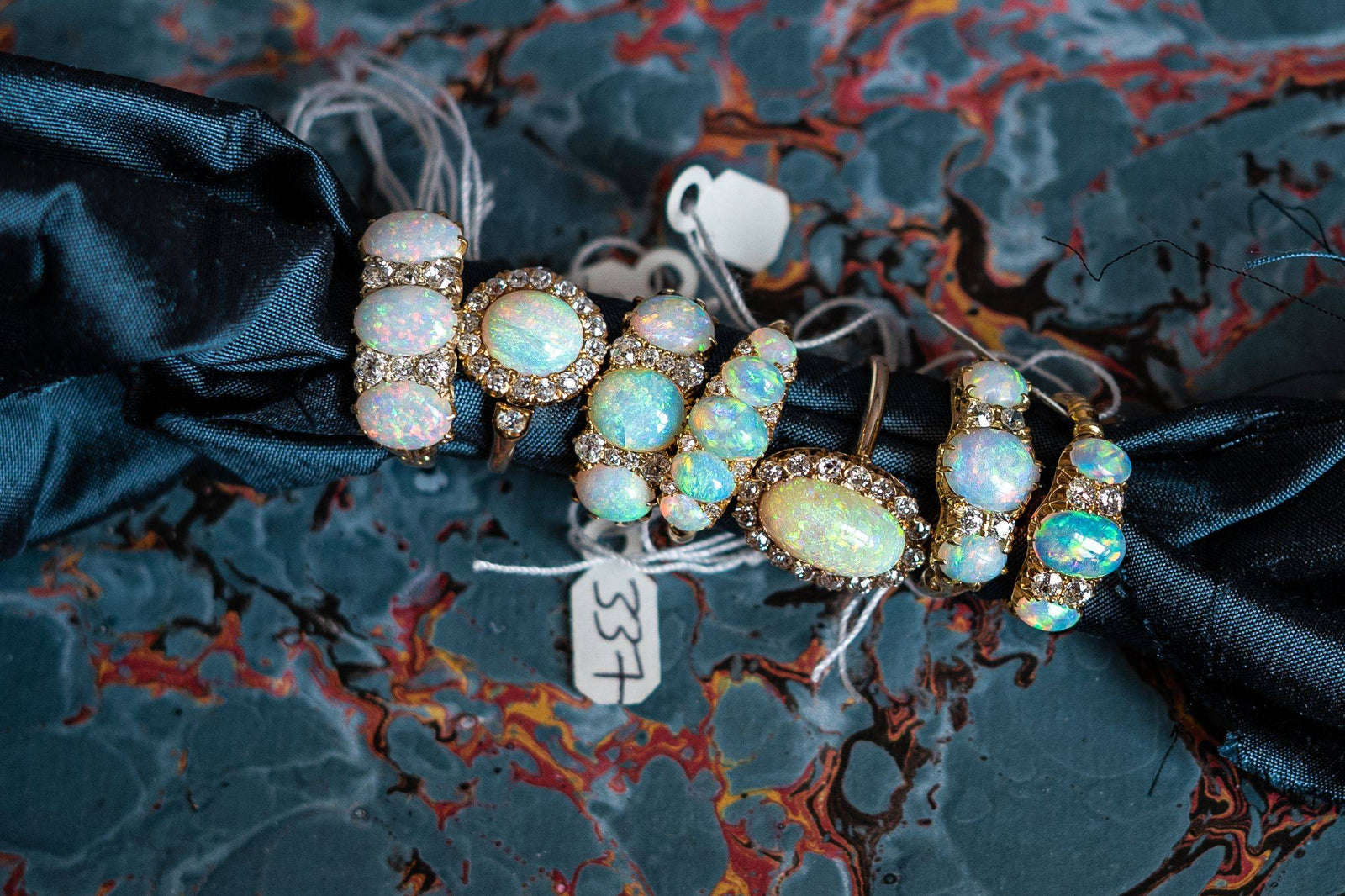written by Dimitri Zlatev
History
Opal is the world's most popular, phenomenal gemstone. Writers have compared opals to volcanoes, fireworks and galaxies with many cultures associating the stone with having supernatural powers.
The Greeks believed Opals gave their owners the gift of prophecy and guarded them against disease. Europeans have considered the gem a symbol of truth, purity and hope, and the arabic legends say it falls from the heavens in flashes of lightning.
The Unlucky stone?
Many of you would have heard the saying 'opals are unlucky', but that particular superstition comes from the novel written in the 1800s (Anne of Geierstein by Sir Walter Scott) and not from ancient experiences or beliefs. In fact, throughout the history of gemstones, Opal has been considered one of the luckiest and most magical stones because it can show all colours.
Silica and Water
Opal is the only gemstone which can display a full-colour spectrum. It's hard to believe at its core, there are only a few common elements bound together in a unique, but quite variable, arrangement. Opal consists of silicon, oxygen and hydrogen in the form of hydrated silica.
Opal starts its life when seasonal rains drench dry ground in regions such as Australia's semi-desert. The showers soak deep into the underground rock, carrying dissolved silica downward. When there are dry periods, much of the water will evaporate, leaving solid deposits of silica in the cracks and between the layers of underground sedimentary rock. The silica deposits form Opal.
If the deposit contains too much water, it causes it to be unstable and can break, but if it contains too little water, it will not show 'play of colour'.
What is 'Play of Colour'?
'Play of Colour' is a phenomenon that only Opal can display. It's the different flashes of colours you see when you tilt the stone back and forth.
'Play of Colour' occurs because Opal is made up of sub-microscopic spheres stacked in grid-like pattern layers; similar to stacked tennis balls in a box. The colours you observe depend on the size of the spheres. Spheres about 0.2 microns in size produce red, those of 0.1 microns produce violet colour, and the spheres in between produce intermediate hues.
Types of Opal
Experts divide Opal quality into many different categories, but these are the most popular five:
- White Opal – a semi-translucent to translucent gem with a 'play of colour' against a light grey or white body colour.
- Black Opal – an opaque to translucent gem with a 'play of colour' against black or other dark body colours.
- Boulder Opal – an opaque to translucent gem with a 'play of colour' against light or dark backgrounds. Host-rock fragments or matrix are part of the finished stone.
- Fire Opal – a translucent to transparent gem with a predominantly orange body, with secondary colours of yellow, red or brown. This type, which often doesn't show a 'play of colour', is also known as a 'Mexican Opal', 'Gold Opal' or 'Sun Opal'.
- Water or Crystal Opal – A semi-transparent to transparent gem, with a clear background. This type shows a fluid 'play of colour'.
Sources
The main sources of Opal are; Australia – black and white Opal, Brazil – white Opal, and Mexico – Fire Opal
Care
Opals are at risk of surface damage and cracking. They are softer than most popular crystal gemstones, as they naturally contain water.
Jewellers utilise the Mohs hardness scale to measure the hardness of a stone. Diamonds measure 10 and talc measures at 1, Quartz measures at 7, and because it is so common it is used as the hardness standard. Any gem harder than 7 will not be scratched. Opal measures at 5-6.5, therefore it is at risk of scratching from steel, stone, quartz, and gems like amethyst, emerald, rubies, sapphires and diamonds.
To ensure optimum protection, store your Opal jewellery in its own padded cloth bag.
Opals contain water, so it is necessary to avoid dry storage conditions. Moreover, Opals are particularly vulnerable to rapid temperature changes; the shock of moving from a warm house to frigid winter air can cause cracking.
Opals dehydrate soon after they are mined, but stabilise later on. It is their relationship with water which requires greater care to be given to them than the average gemstone.
Water affects assembled Opal and solid Opal differently. If your ring is a doublet or triplet, ensure to remove it from your finger before washing hands or bathing, as the glue reacts to the prolonged exposure to the water, which can dull the appearance of the assembled stone as the layers separate.
Facts
- Mineral: Hydrated Silica
- Colour: All colours
- Refractive index: 1.37-1.47
- Birefringence: None
- Specific gravity: 2.15 (+0.08, -0.90)
- Mohs Hardness: 5 to 6.5
- Birthstone: October
Definitions
- Doublet: A two-piece, fashioned stone consisting of a layer of Opal affixed to a stable backing.
- Triplet: A fashioned stone which has a layer of Opal sandwiched between a clear, protective cap and an opaque, usually black, base.
More from Dimitri Zlatev

